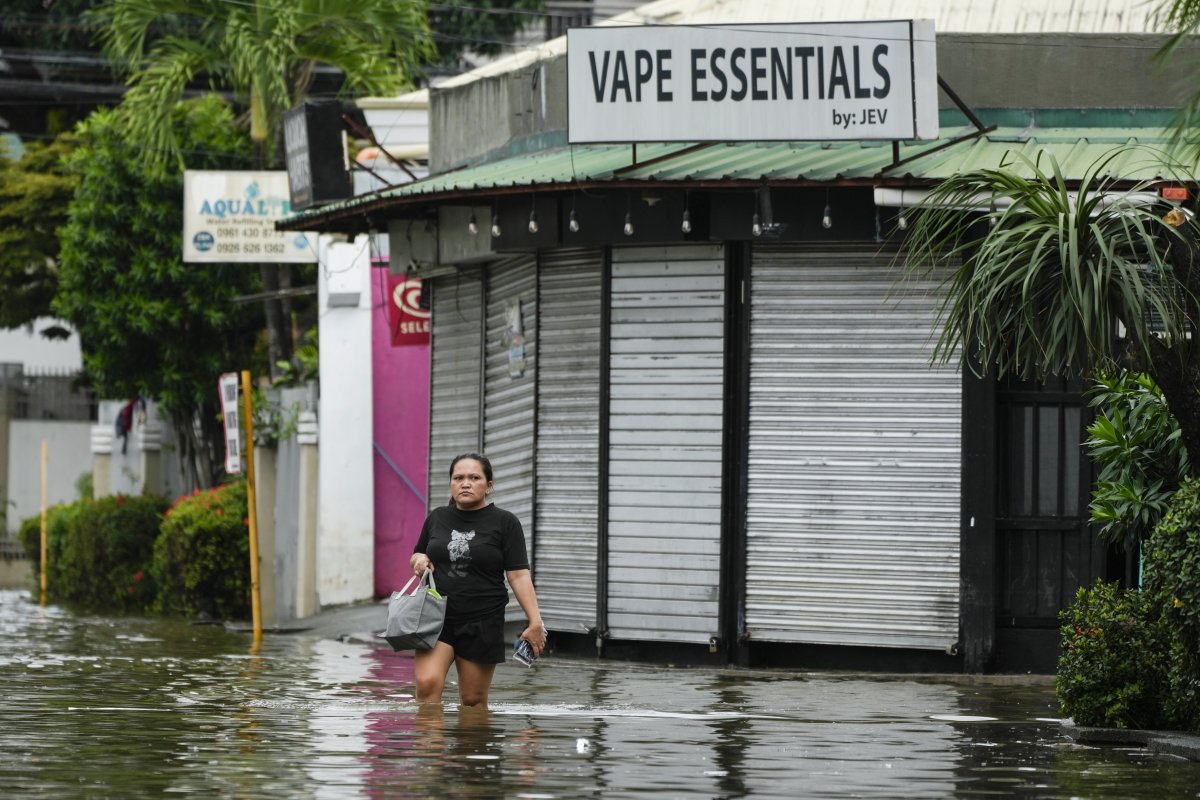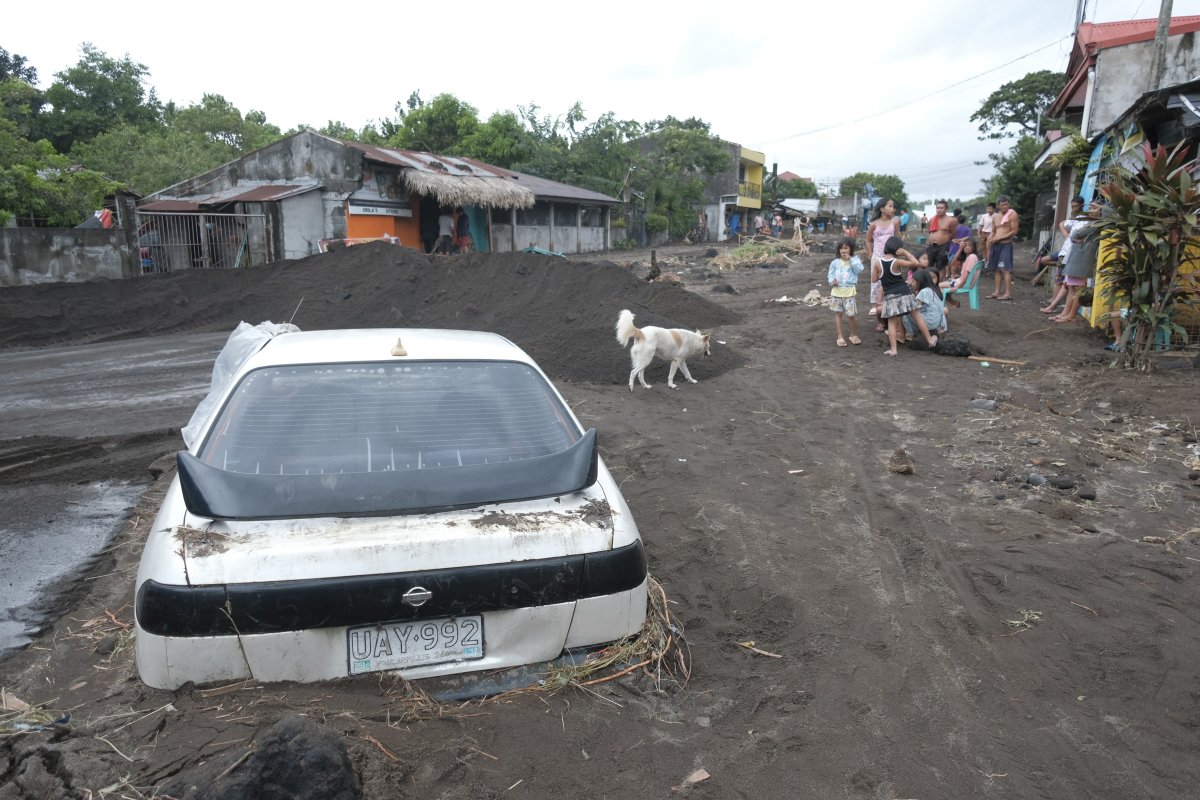Tropical Storm Trami has left a deadly toll in the Philippines, where at least 65 people have been killed in landslides and extensive flooding in the northern and central regions of Luzon. As many as 2.6 million people have been affected so far.
The storm, which also caused hazardous phenomena including volcanic mud slides, forced hundreds of thousands to evacuate, and authorities warn the destruction could worsen if Trami, now over the South China Sea, reverses course, which forecasters say is possible.
Storm U-turn Fears
Fears of an unexpected "U-turn" have prompted concern among organizations already dealing with widespread devastation. Most of the fatalities stemmed from landslides and flash floods that trapped residents on rooftops and swept away homes.
The town of Talisay in Batangas saw one of the deadliest influxes of mud.
Colonel Jacinto Malinao Jr. and his team stationed there have scrambled to locate survivors and recover bodies.
Malinao said of a fisherman who lost his wife and child when a landslide buried their home in 10 feet of sludge "He's simply devastated."
Meanwhile, Naga City in the Bicol region reported 11 drowning deaths, with officials pleading for more rescue boats to assist those stranded on upper floors and rooftops.

Devastation Across Luzon
Making landfall with sustained winds up to 59 mph, the storm, locally named Kristine, brought torrents of rain across Luzon, reaching communities in the foothills of the Mayon Volcano.
Here, cascading mudflows blocked roads and engulfed homes.
Nearly 320,000 people sought shelter in evacuation centers or with relatives, according to disaster response authorities. The severe flooding and landslides, affecting over 2.6 million residents, have shuttered schools, government offices, and major businesses.
Rescue teams continue to find solutions to help navigate blocked roads and flooded areas, and several villagers are still missing.
Storms in the Philippines Are a Recurring Threat
Each year, the Philippines contends with an average of 20 tropical storms and typhoons due to the nation's location in the Pacific typhoon belt, a region prone to extreme weather.
In 2013, Typhoon Haiyan killed more than 7,300 people.
Although Trami did not strengthen into a typhoon, it dumped unusually heavy rains in some regions, including some that saw one to two months' worth of rainfall in just 24 hours, inundating communities with flash floods.
President Ferdinand Marcos Jr. has expressed concern about Trami's potential return, asking forecasters for updated projections in an emergency briefing.
"It doesn't have to make landfall for the damage to occur," Marcos cautioned, citing persistent rains and waterlogged communities. Officials noted another Pacific storm on the horizon, adding to concerns in the region about what is in store for residents.

Vietnam Prepares for Trami's Approach
Elsewhere in Asia, Vietnam's central coastal provinces are preparing for the storm while it moves westward, with Prime Minister Pham Minh Chinh instructing provincial governments to monitor Trami closely.
Vietnam, which suffered heavy losses in last month's Typhoon Yagi, has activated emergency protocols for communities in vulnerable areas.
The damage caused has so far been valued at $3.3 billion.
Government meteorologist Jofren Habaluyas explained that while high-pressure winds in the South China Sea might push Trami back toward the Philippines, the storm's path remains uncertain.
Surrounding disruption has grounded flights and halted ferry operations, leaving thousands stranded, while food and essential supply deliveries are being arranged for evacuees.
"Oh God, it is what it is. We just have to deal with it," Marcos said of the storm's potential return.
This article includes reporting from The Associated Press




















 English (US) ·
English (US) ·